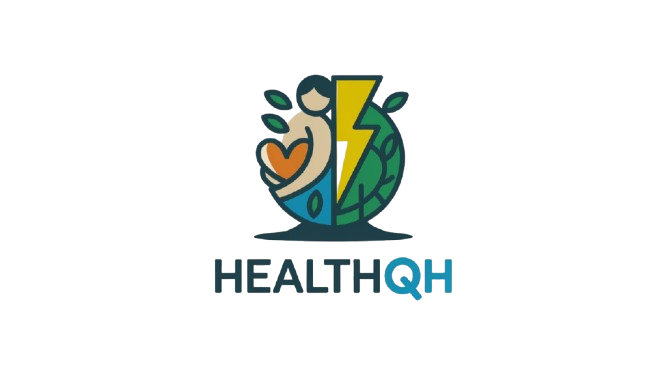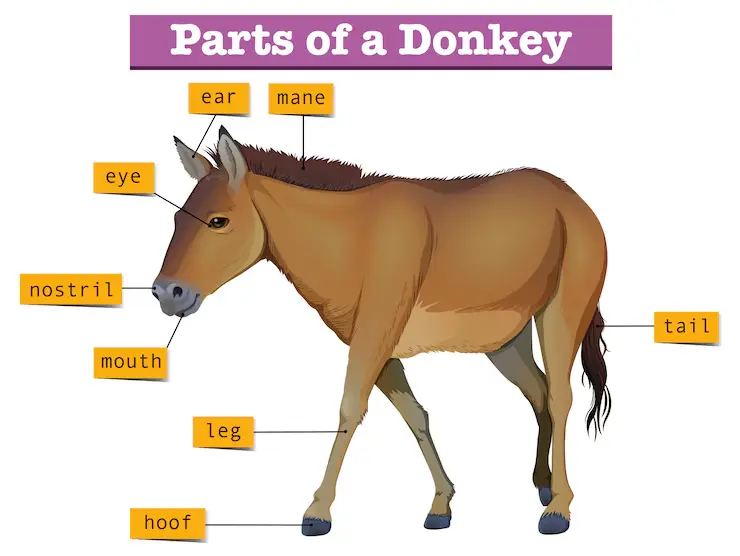A strong topline is the hallmark of a healthy, fit horse. It reflects the horse’s overall health, strength, and readiness for performance. A well-developed topline not only enhances the horse’s appearance but also supports balance, mobility, and posture. However, achieving a healthy topline requires a strategic combination of proper nutrition, exercise, and management. In this guide, we’ll explore examples of healthy top lines in horses, break down the factors that influence them, and provide actionable tips to help you build your horse’s topline.
What Is a Horse’s Topline?
A horse’s topline refers to the muscles extending from the withers, over the back and loin, to the croup and hip. These muscles are critical for carrying a rider, maintaining posture, and enabling smooth movement.
Key Features of a Healthy Topline:
- Smooth, firm musculature along the back.
- No visible hollows or dips around the withers or hip bones.
- Balanced curvature that supports a straight, strong posture.
A strong topline isn’t just about appearance; it improves a horse’s comfort, performance, and resilience.
How to Identify a Poor Topline
Recognizing a poor topline early on is key to addressing the underlying issues. Signs of a weak topline include:
- Sunken or hollow areas around the withers or croup.
- A prominent spine that isn’t covered by muscle.
- A “hollow” or inverted back when moving.
- Difficulty carrying weight or maintaining balance during riding.
These signs indicate muscle atrophy, often caused by inadequate nutrition, lack of exercise, or improper saddle fit.
Why Is a Healthy Topline Important?
A strong topline supports your horse in more ways than one:
- Improves Performance: It allows the horse to engage its core and hindquarters effectively, boosting athletic performance.
- Prevents Injury: Proper muscle development reduces strain on the spine and joints, lowering the risk of injury.
- Enhances Posture: A strong topline promotes better carriage, helping the horse move with ease and grace.
- Increases Comfort: Horses with a well-developed topline experience less discomfort when carrying a rider or pulling loads.
Common Causes of Topline Deterioration
Understanding the root causes of a weak topline can help you address the issue effectively.
1. Poor Nutrition
Lack of high-quality protein and essential amino acids can prevent muscle growth. Horses need nutrients like lysine, threonine, and methionine for muscle repair and development.
2. Inadequate Exercise
Without the right type of physical activity, the muscles of the back and hindquarters can atrophy. Simply grazing or walking around a paddock isn’t enough.
3. Age
Older horses naturally lose muscle mass due to aging. However, with proper care, their topline can still be maintained.
4. Improper Saddle Fit
A poorly fitting saddle can cause discomfort and restrict the horse’s movement, leading to muscle loss in the topline area.
Examples of Healthy Top Lines in Horses
Healthy toplines can vary depending on the horse’s breed, discipline, and age. However, here are examples of well-developed toplines:
- Dressage Horses
- Smooth, rounded muscles from the withers to the croup.
- A slight arch in the neck and back, reflecting engagement and balance.
- Racehorses
- Well-defined muscles along the back and hindquarters.
- Toned yet lean musculature, allowing for speed and agility.
- Showjumpers
- Strong, compact muscles that support explosive movements.
- Balanced musculature in both the topline and hindquarters.
These examples highlight how a horse’s topline can differ based on its training and purpose, but they all share a common trait: well-developed muscles that indicate health and fitness.
Key Nutrients for Building a Healthy Topline
Nutrition plays a foundational role in developing a strong topline.
1. Protein and Amino Acids
Muscles are primarily made of protein, and amino acids are the building blocks of protein. Key amino acids include:
- Lysine: The first limiting amino acid in horses, essential for muscle growth.
- Methionine: Supports muscle repair and recovery.
- Threonine: Plays a role in muscle protein synthesis.
2. Fat
Fats provide slow-burning energy, allowing the horse to build muscle without gaining unnecessary weight. Full-fat soybeans and flaxseed are excellent sources.
3. Vitamins and Minerals
- Vitamin E: Supports muscle recovery.
- Selenium: Boosts immunity and reduces oxidative stress.
- Calcium and Phosphorus: Essential for muscle contraction and bone health.
4. Forage
High-quality hay or pasture should make up 80% of your horse’s diet. Alfalfa is particularly beneficial due to its high protein content.
Exercises to Build a Strong Topline
Nutrition alone won’t develop a topline; exercise is equally important. Here are effective exercises:
1. Hill Work
Walking or trotting uphill encourages the horse to engage its hindquarters and core.
2. Transitions
Practicing walk-to-trot or trot-to-canter transitions activates the horse’s back and hind muscles.
3. Cavaletti Poles
Trotting over poles on the ground helps the horse engage its back and stretch its topline muscles.
4. Long and Low Work
Encourage the horse to stretch its neck forward and down while engaging its back muscles.
5. Lunging with Side Reins
This helps the horse develop balance and engage its topline without a rider.
Using Supplements to Support Topline Growth
Sometimes, forage and feed alone aren’t enough to meet your horse’s nutritional needs. Supplements can fill in the gaps.
Recommended Supplements:
- Lysine-Based Products: Ensure sufficient amino acid levels for muscle growth.
- Vitamin E and Selenium: Support recovery and immune health.
- Full-Fat Soybean Meal or Flaxseed Oil: Provide high-quality protein and fat.
When choosing supplements, consult with a veterinarian or equine nutritionist to ensure they meet your horse’s specific needs.
Tips for Senior Horses or Hard Keepers
Building a topline on older horses or those with high metabolisms can be challenging.
- Feed easily digestible protein sources like alfalfa or soybean meal.
- Use senior horse feeds fortified with amino acids.
- Incorporate low-impact exercises like hill work or long and low stretching.
- Monitor weight and adjust feeding plans as needed.
FAQs About Developing a Horse’s Topline
Q: How long does it take to build a topline?
It depends on the horse’s age, fitness level, and care. Visible results can take 2–3 months with consistent nutrition and exercise.
Q: Can senior horses rebuild their topline?
Yes! With proper nutrition, exercise, and management, senior horses can regain muscle mass, though progress may be slower.
Q: Are there specific breeds that struggle with toplines?
Some lighter-framed breeds may have a harder time developing a robust topline, but proper care can still make a difference.
Conclusion
Developing a strong topline in your horse is a combination of proper nutrition, targeted exercise, and attentive management. From understanding the role of amino acids to incorporating exercises like hill work, every step plays a role in building muscle and improving your horse’s overall health.
By focusing on the examples of healthy top lines in horses and implementing these strategies, you’ll help your horse achieve better performance, comfort, and longevity.
For tailored advice, consult with an equine nutritionist or veterinarian to design a plan that suits your horse’s unique needs.

